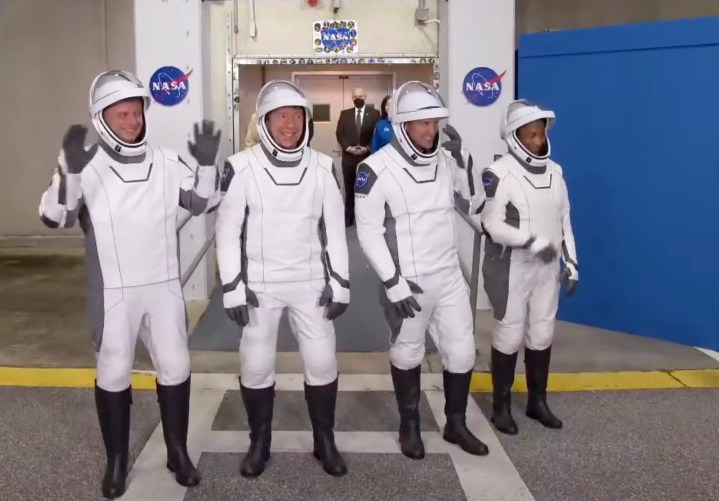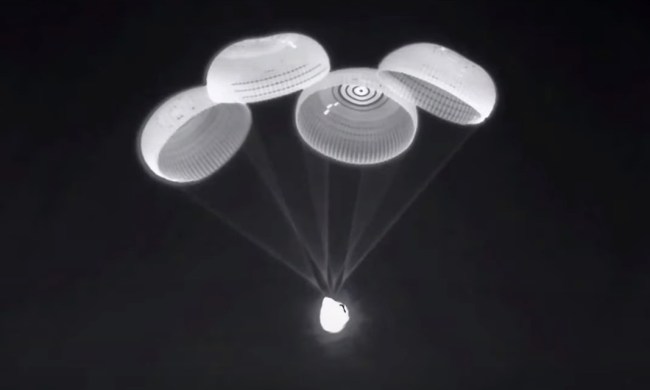
[UPDATE: Crew-8 have launched and are on their way to the space station.]
NASA and SpaceX are aiming to launch Crew-8 to the International Space Station (ISS) on Sunday night.
A live stream of the mission showing the astronauts preparing for the launch from the Kennedy Space Center in Florida is currently underway on NASA TV. Here’s how to watch the coverage.
The mission was supposed to launch last week, but was called off due to poor weather conditions along the flight path. The primary concern for Sunday’s launch is precipitation around Kennedy, but a few hours out, the flight looks more likely than not to take place.
SpaceX’s Crew-8 comprises NASA astronauts Michael Barratt, Matthew Dominick, and Jeanette Epps, along with Roscosmos cosmonaut Alexander Grebenkin. This is Barratt’s third space mission, while the other three are heading to orbit for the first time.
Epps will be particularly pleased to finally be heading to orbit after being assigned to a Soyuz flight in 2017 from which she was subsequently removed. That was followed by a crewed Starliner mission in 2020 that also never came to be.
“It’s been a number of years, but I was confident that I would fly,” Epps said during a recent press conference. “The way that I kept my spirits up was, you know, we continue to train weekly, daily — we train vigorously — for any mission we’re assigned to, so I’ve been busy over the last few years, still training, still working toward the goal of going to the space station.”
The four crew members will travel on a SpaceX Crew Dragon spacecraft and spend about six months living and working aboard the ISS in microgravity conditions around 250 miles above Earth.
Crew-8 is the eighth crew rotation flight of SpaceX’s human space transportation system to the ISS through NASA’s Commercial Crew Program — and its ninth mission with astronauts if you include the Demo-2 test flight in 2020.


